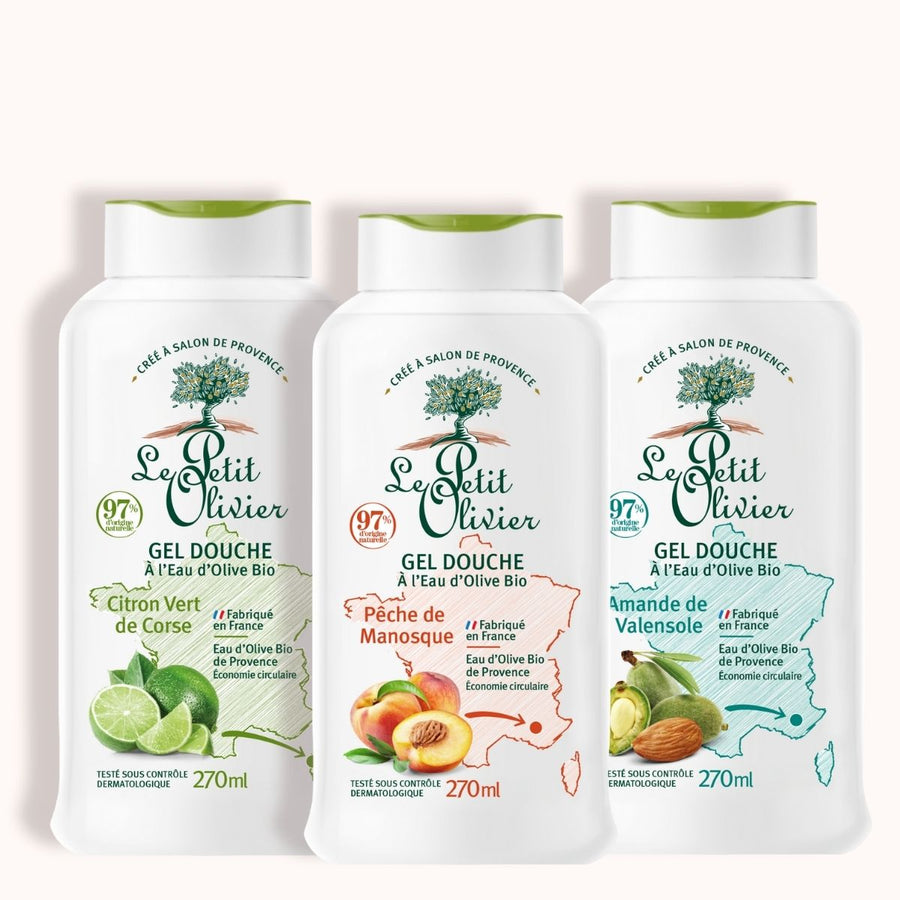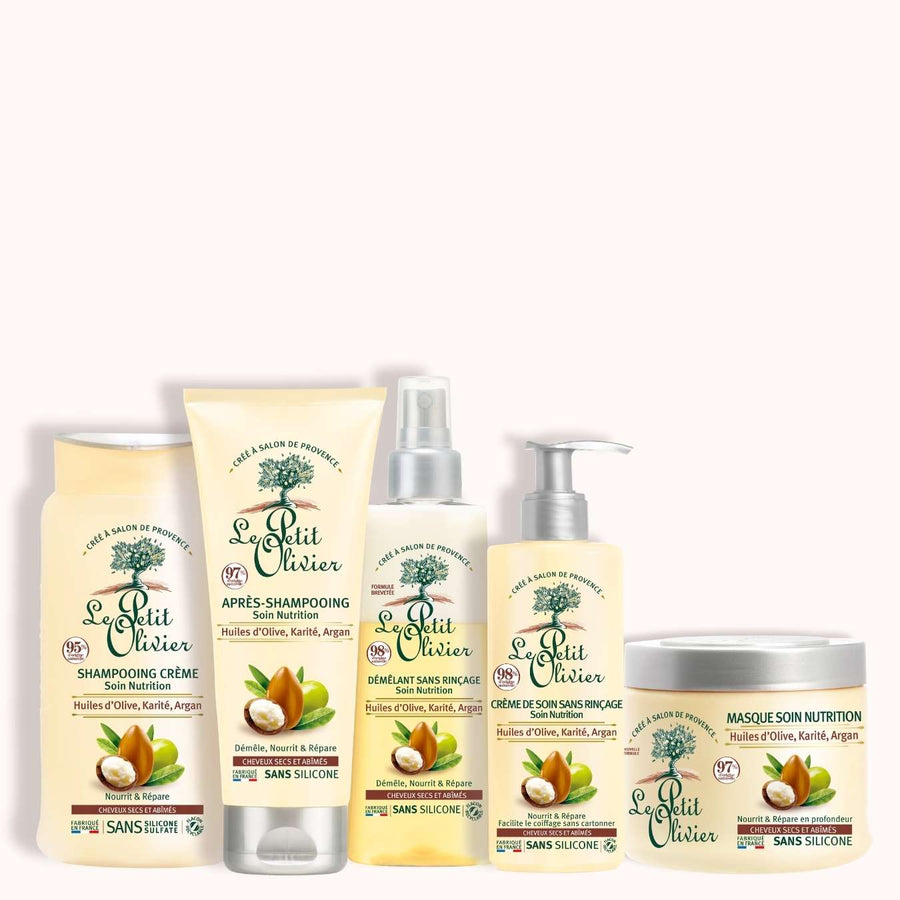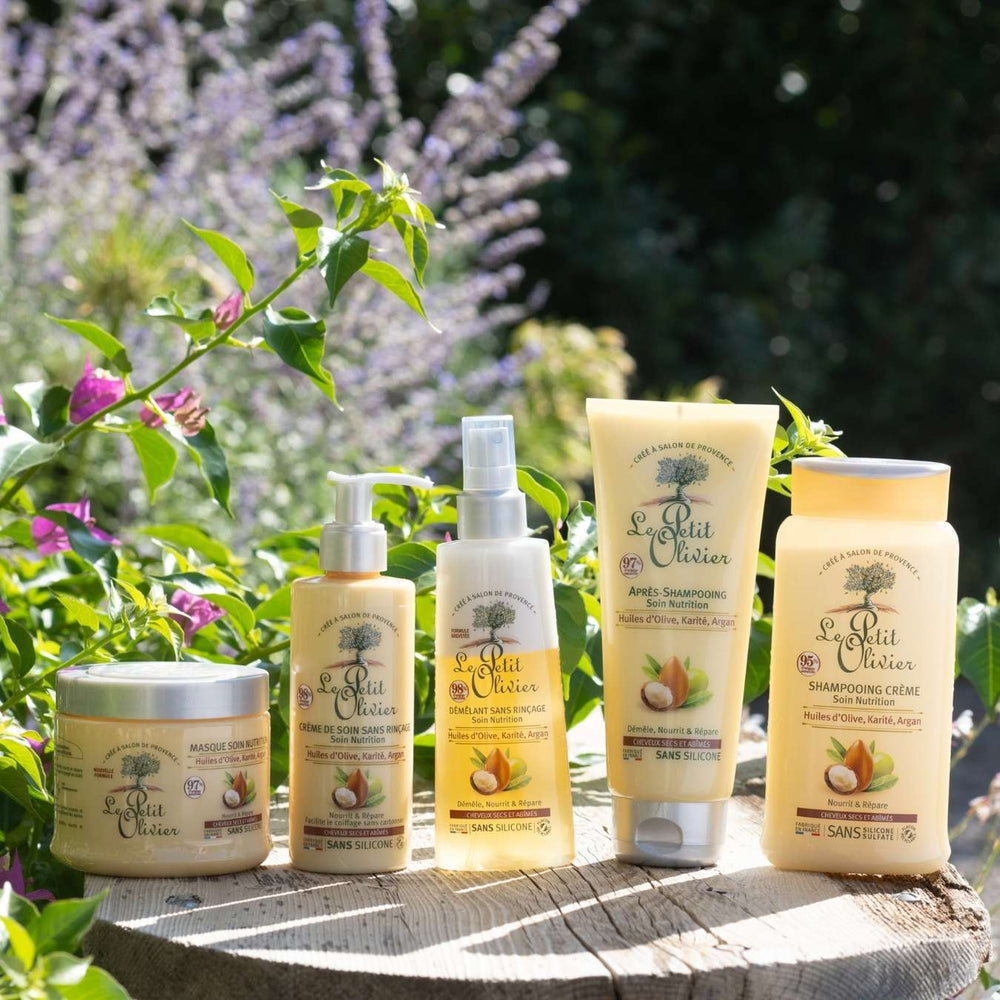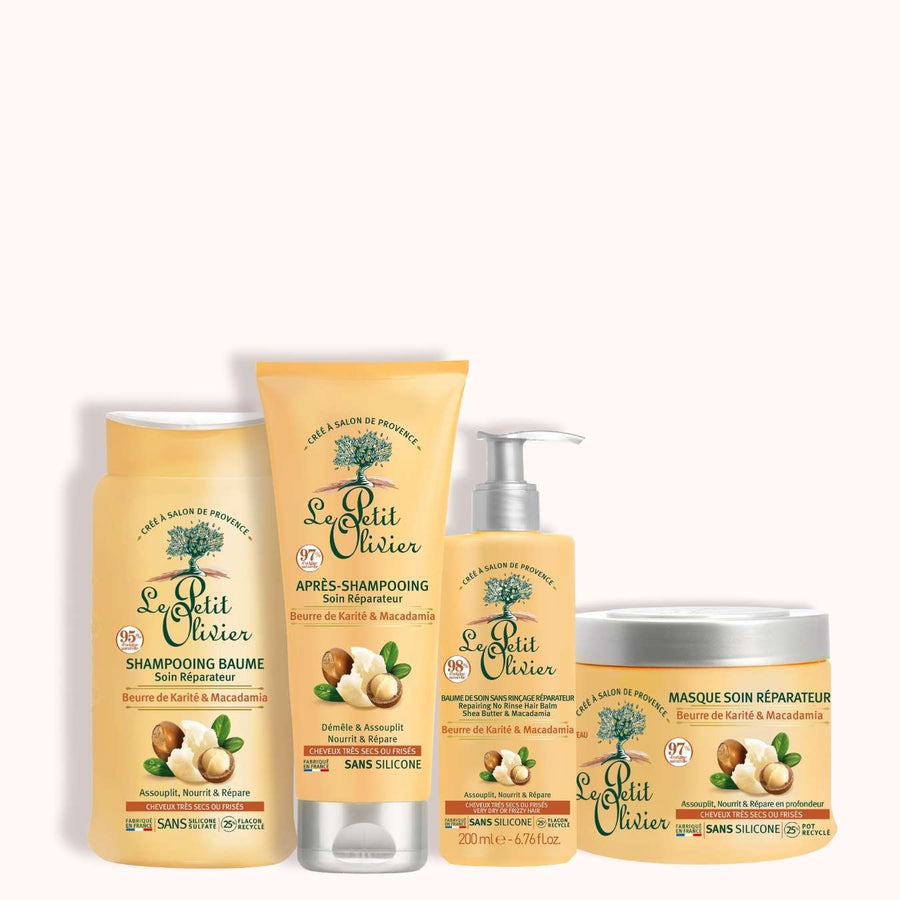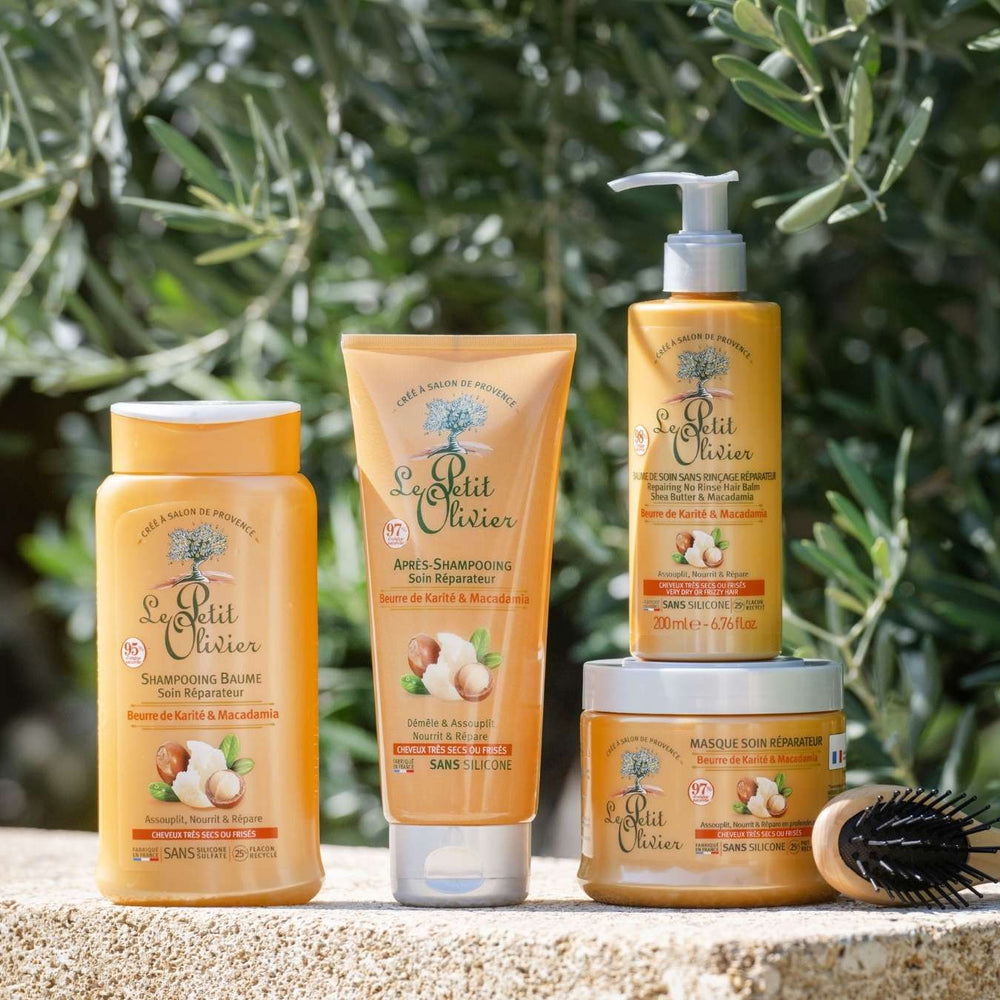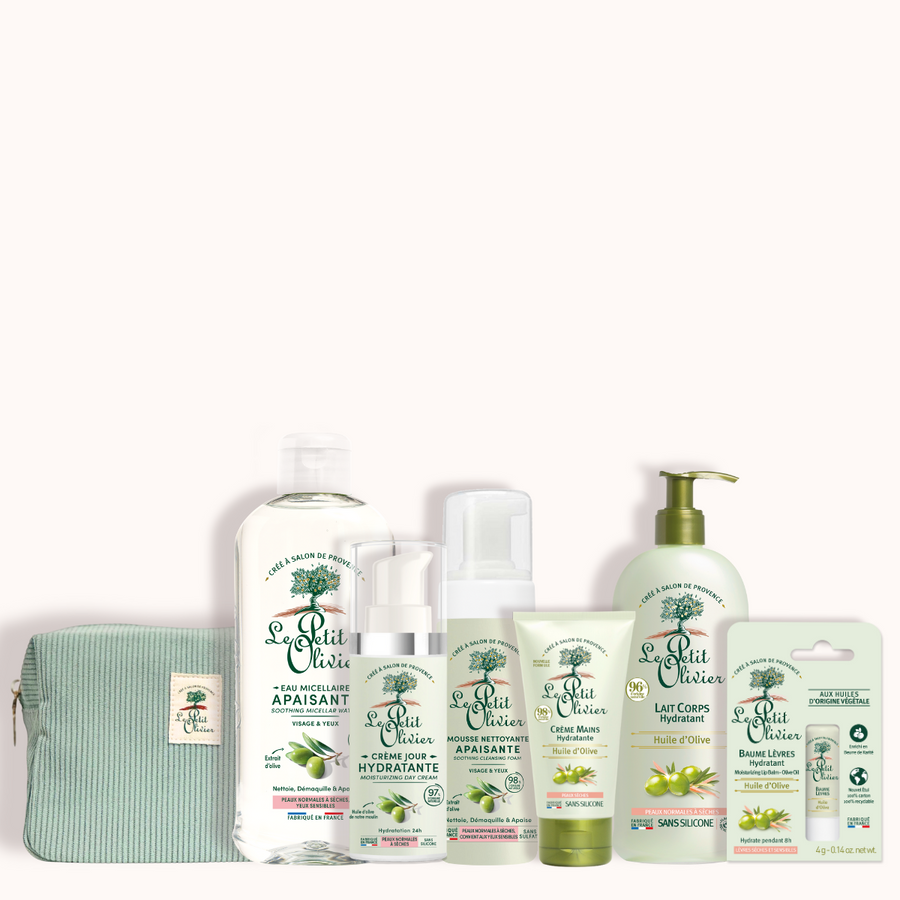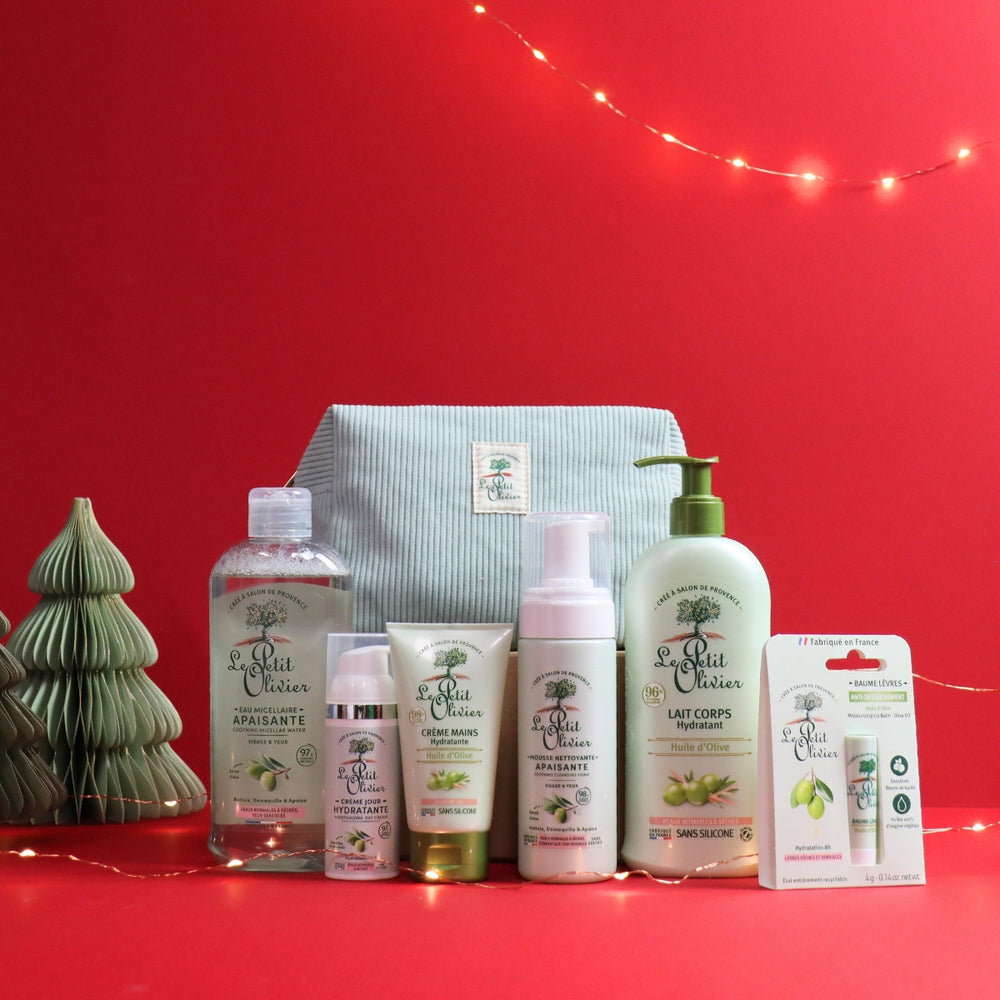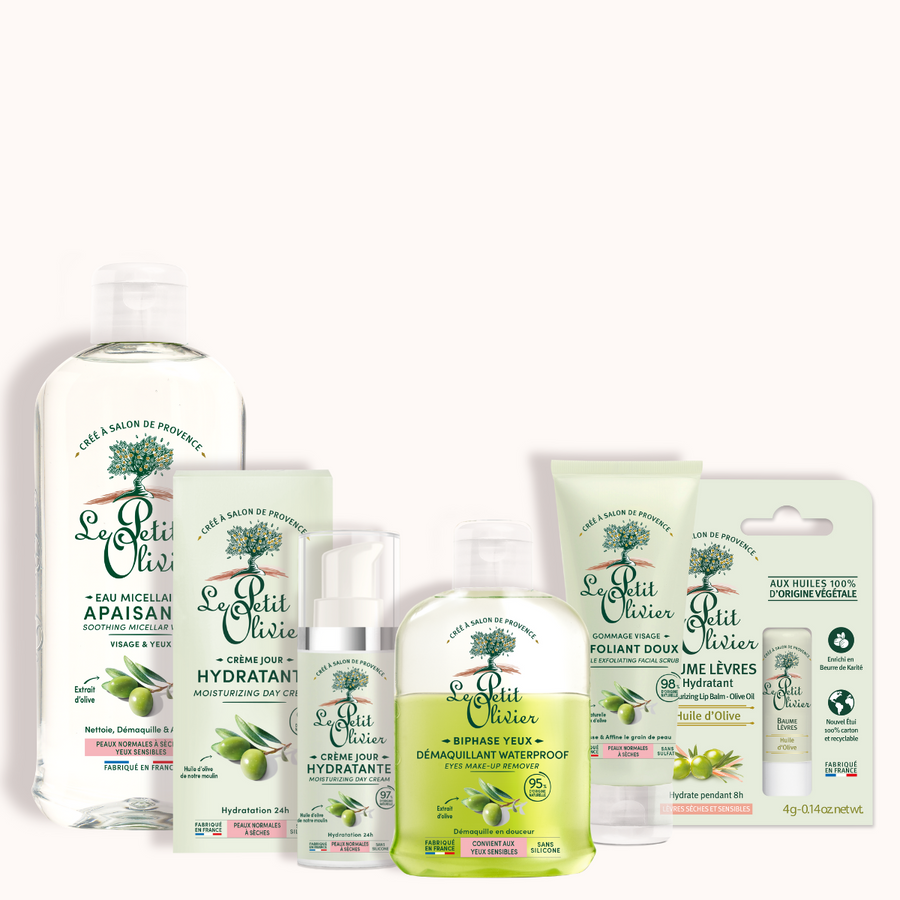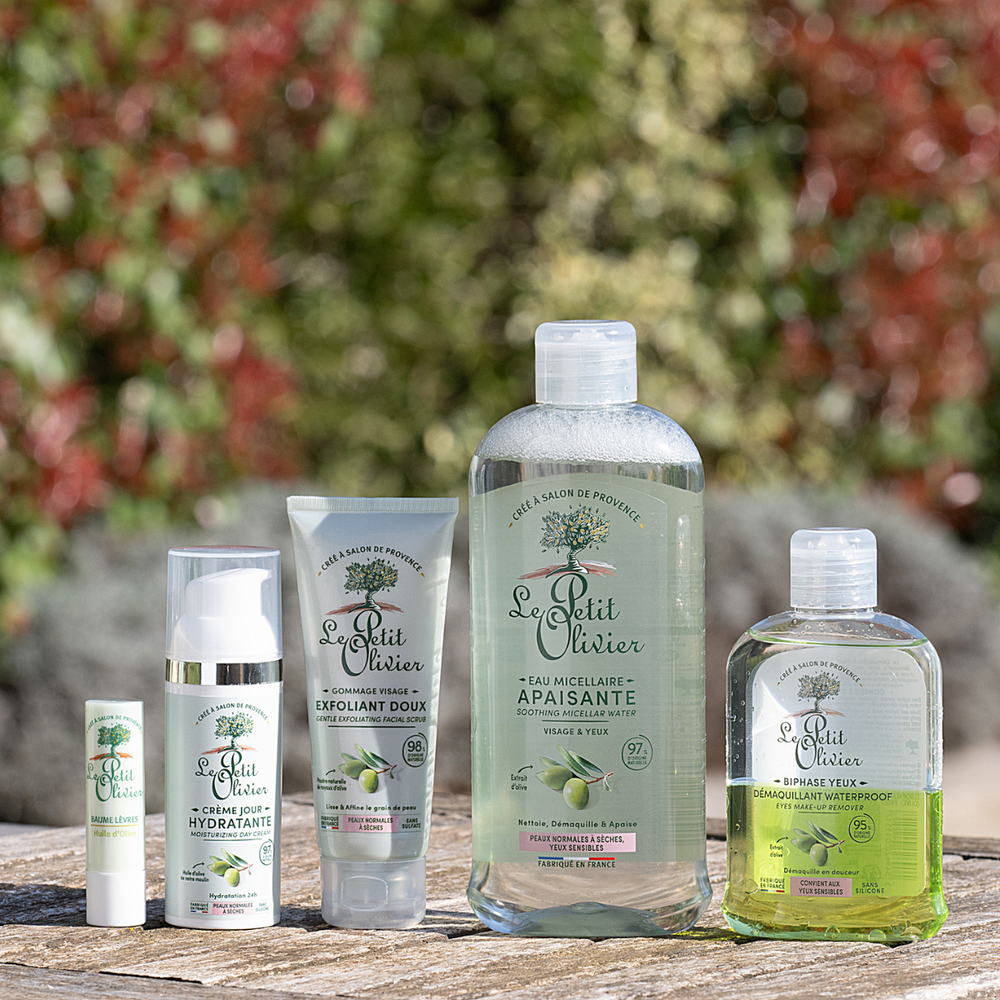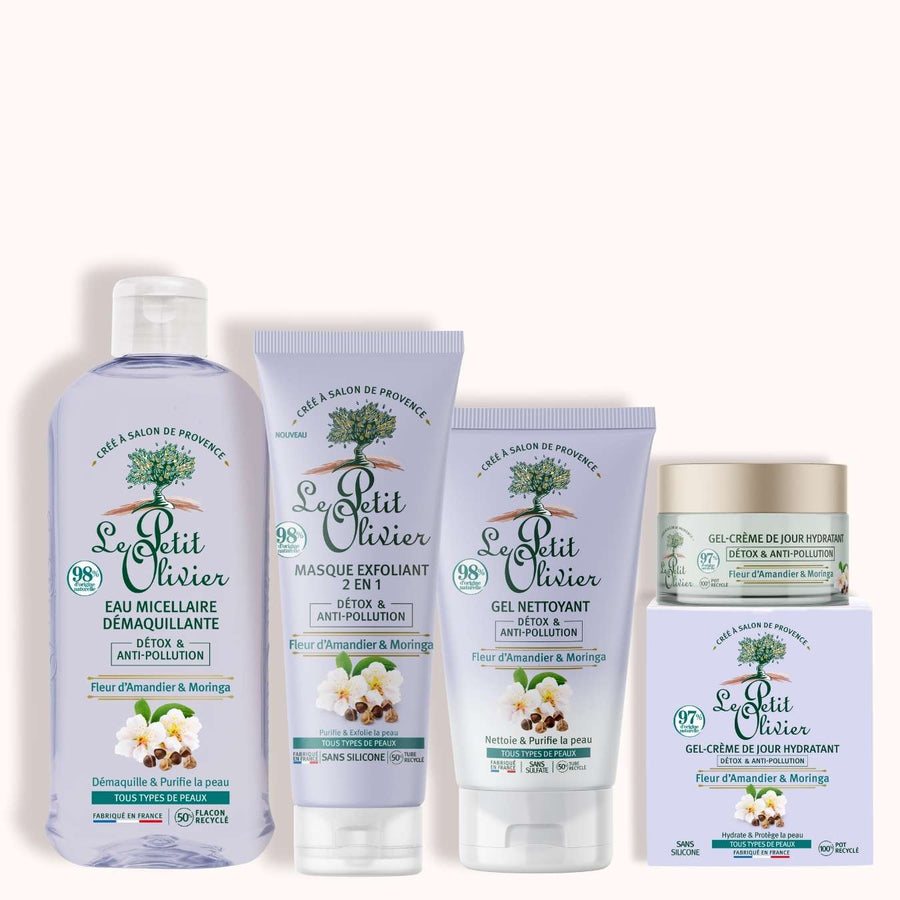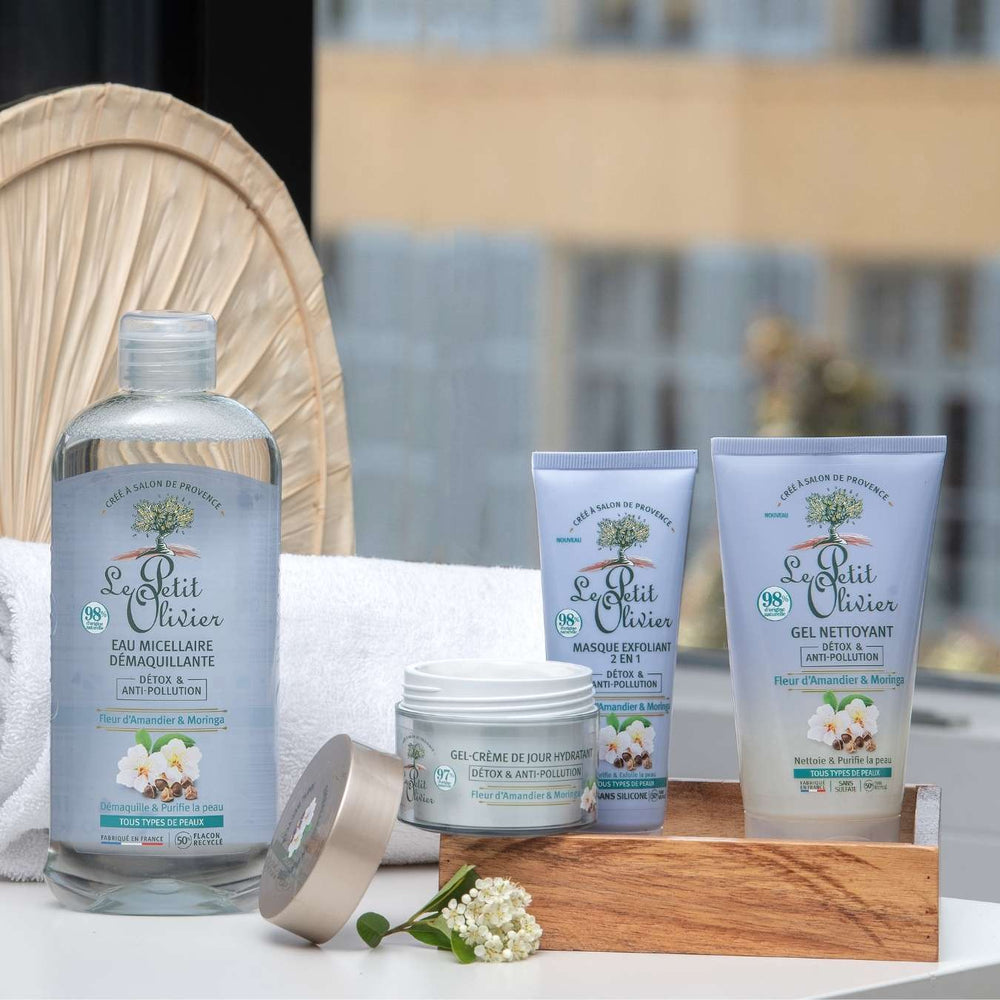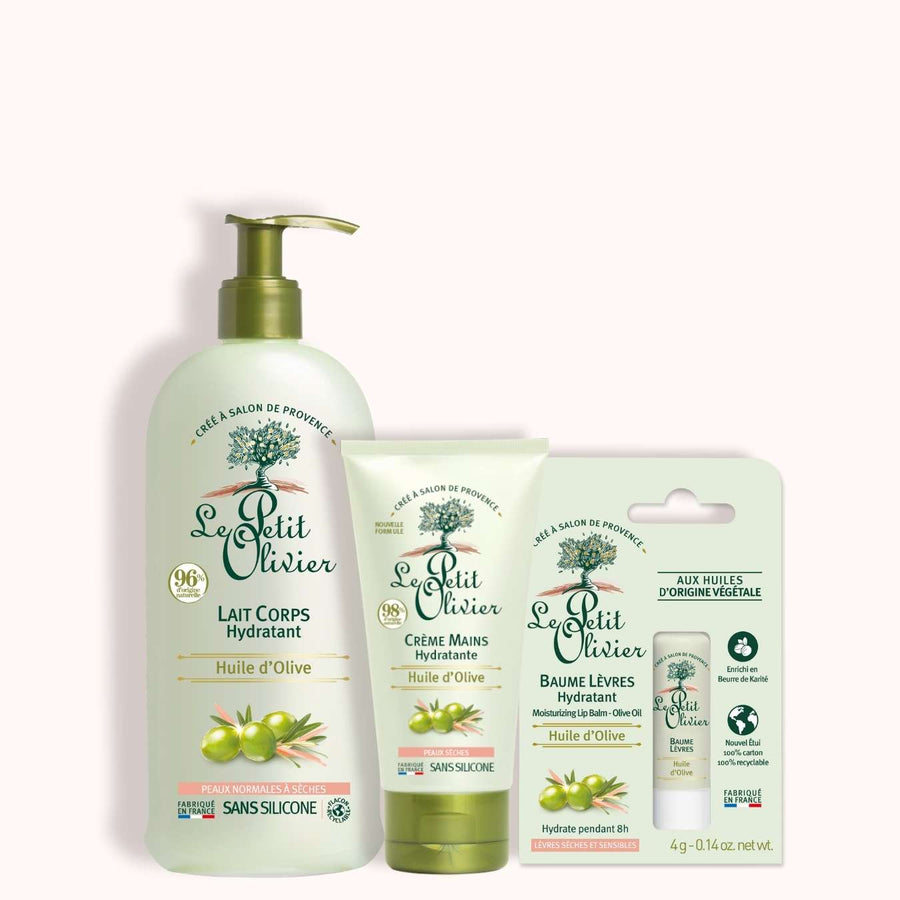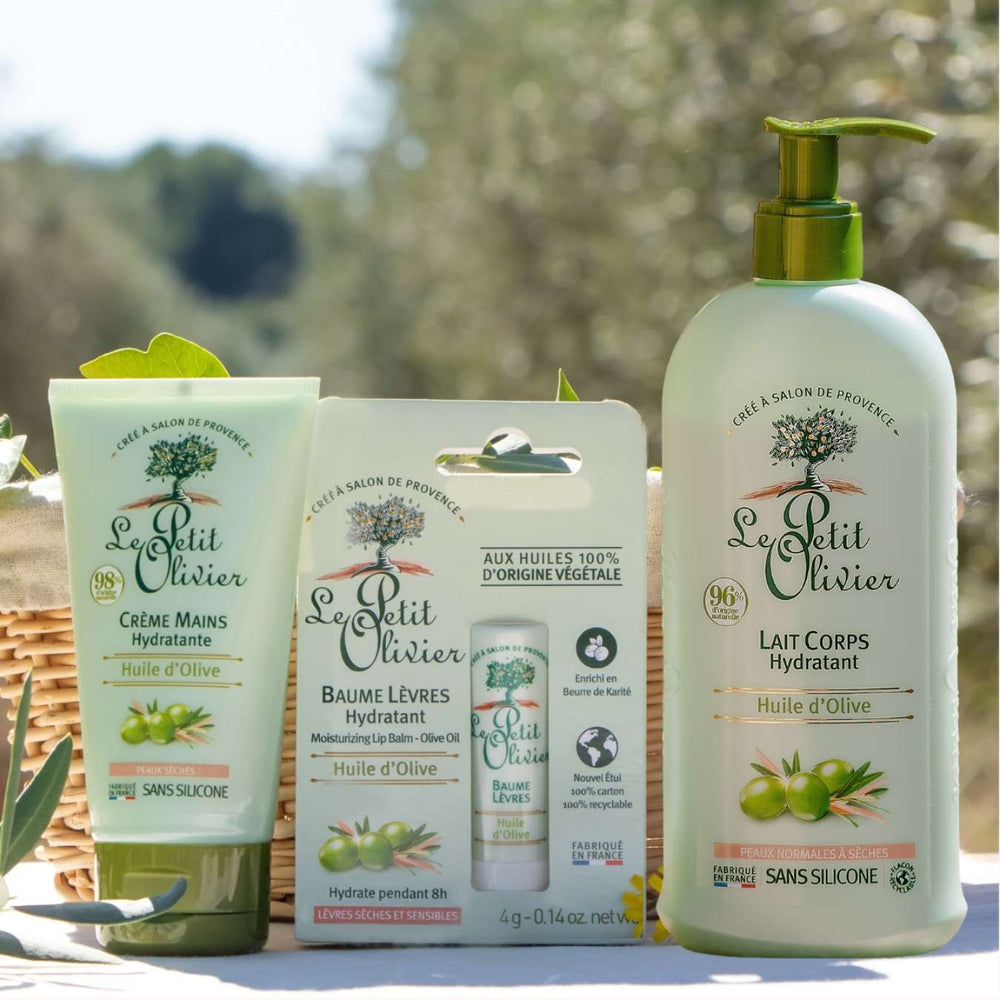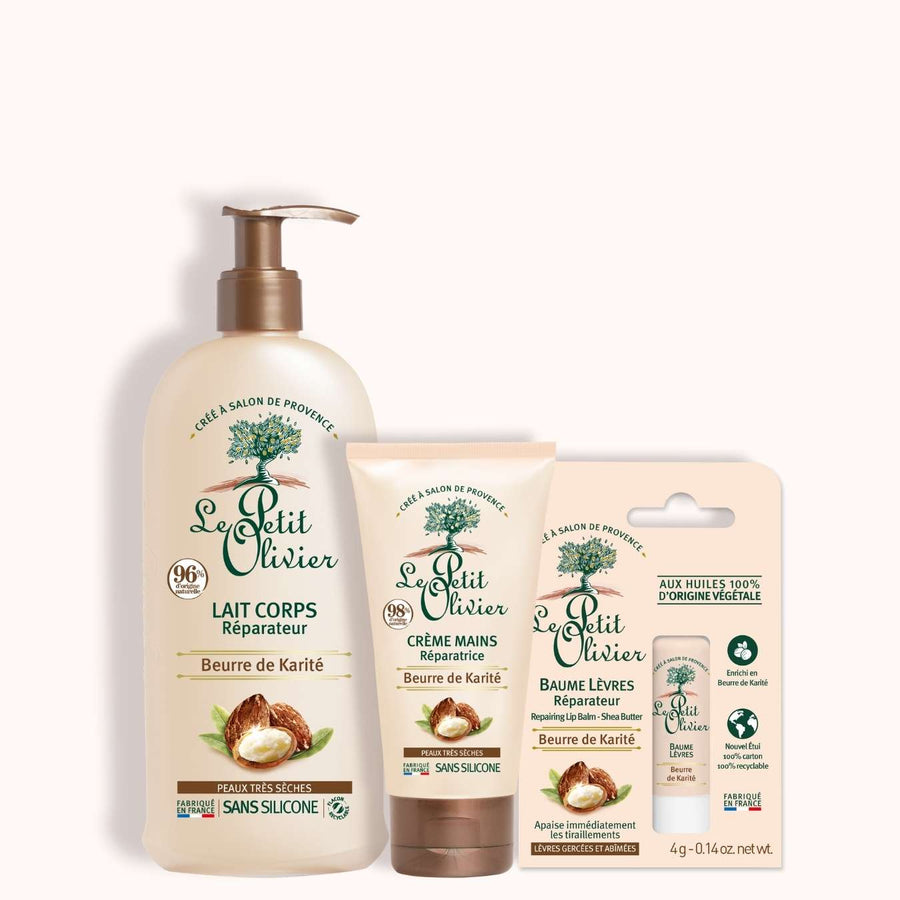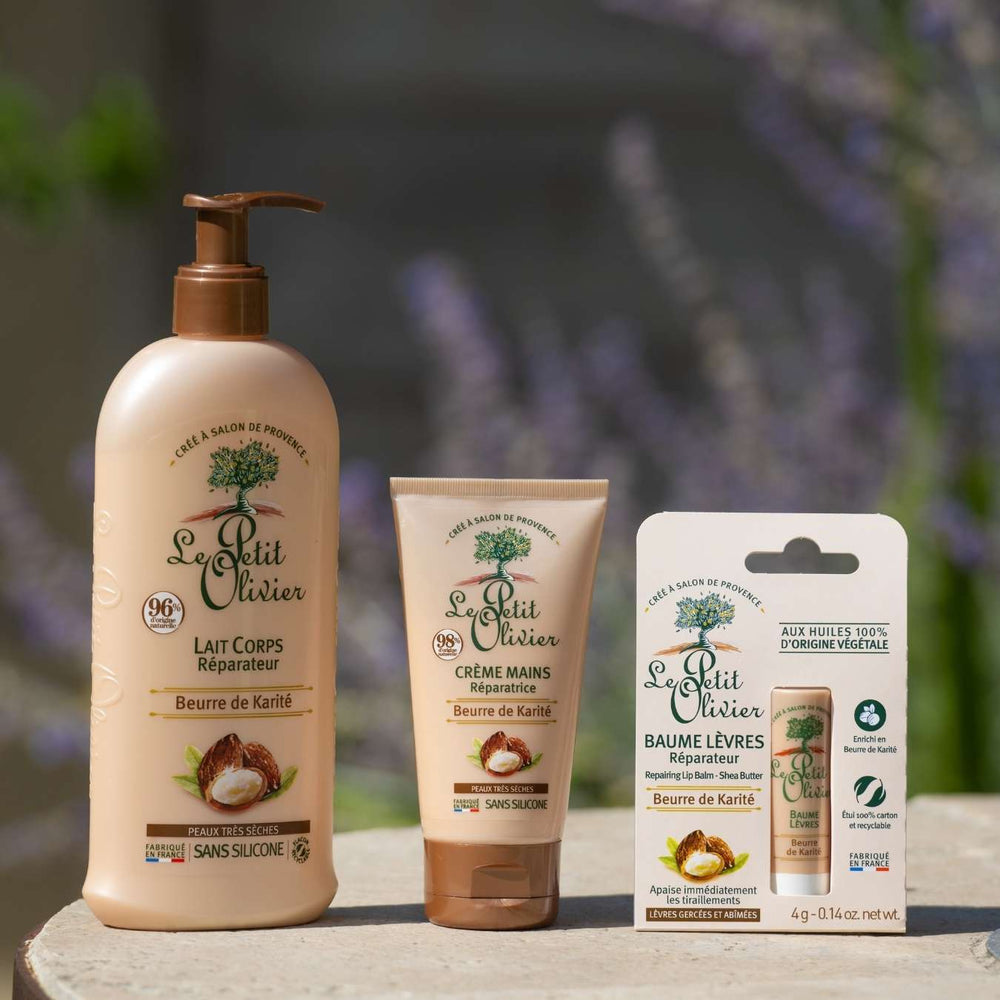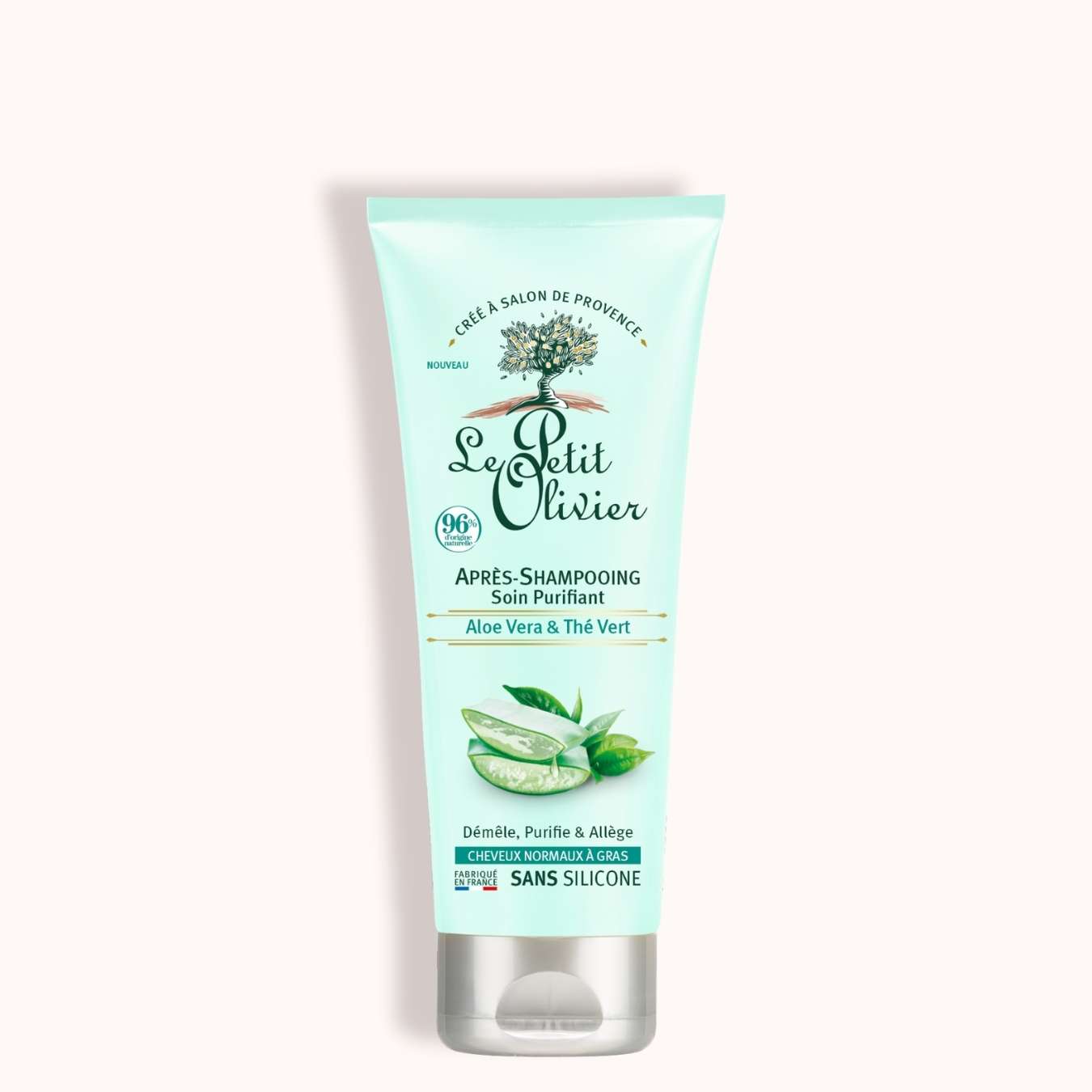How can you maximize the effects of your shampoo?
The shampooing ritual, often perceived as a simple step in the hair routine, can actually transform the look and texture of your hair when optimized. But how do you get the most out of your shampoo? It starts with proper scalp preparation, where brushing plays a crucial role in removing impurities. The judicious use of essential oils can also enrich this preparation.
Secondly, is alternating between different types of shampoo really beneficial? The frequency of shampoo use is also decisive: a balance must be found to avoid hair imbalance. Finally, techniques such as scalp massage and the choice of rinse temperature have a direct influence on the effectiveness of the active ingredients in your products. On this page, we explore these aspects together to maximize the beneficial effects of your shampoo.
How do you prepare your scalp for shampooing?
The importance of brushing before shampooing
Preparing your scalp before shampooing is a crucial step that is often overlooked. Brushing, for example, plays a fundamental role in this preparation. It's not just a matter of detangling hair, but of removing accumulated impurities such as dust, styling product residues and dead cells. Good brushing also stimulates blood microcirculation in the scalp, promoting better oxygenation of hair roots. To maximize these benefits, use a pneumatic brush with natural bristles and start by gently brushing from the nape of the neck to the ends.

Is it necessary to alternate between different shampoos?
Advantages of alternating shampoos for hair well-being
Alternating between different types of shampoo may seem superfluous, but it plays an essential role in optimal hair care. Each type of shampoo has specific active ingredients that meet different needs. For example, a treatment shampoo used once or twice a week targets specific problems such as dandruff or excess sebum. By alternating with a gentle shampoo for frequent use, you avoid stressing the scalp while maintaining its natural harmony. This method also makes it possible to space out washings, thanks to the occasional use of a dry shampoo, which absorbs excess sebum without dehydrating the lengths.
The ideal frequency of shampoo use in a hair care routine
Impact of washing frequency on the scalp
The regularity with which you wash your hair greatly influences the natural balance of your scalp. Washing too often can disrupt the natural production of sebum, the precious substance that protects and moisturizes hair fibers. Imagine a delicate balance: trying to eliminate excess ends up depriving the scalp of its natural protection, which could lead to discomfort such as itching or an irritated scalp. Conversely, excessively frequent washing can lead to an undesirable build-up of impurities and weigh hair down.

Frequency adapted to hair type and lifestyle
Adaptation is the key to defining the ideal frequency of shampoo use in a hair care routine. If your hair is fine or oily, it may need to be cleansed more frequently to prevent it from becoming weighed down by sebum. In this case, alternating between a mild shampoo and a specific treatment may be appropriate. For dry or curly hair, which is less inclined to grease quickly, twice-weekly washing is often enough to maintain shine without compromising natural hydration.
Your lifestyle also plays a decisive role. For example, if you regularly engage in sporting activities that lead to perspiration and the accumulation of impurities, adjust your routine accordingly, while taking care not to stress your scalp. The trick lies in listening carefully to your hair's specific needs and observing how your scalp reacts to the products you use.
How do you massage your scalp effectively when applying shampoo?
Massage techniques to stimulate blood circulation
Scalp massage is much more than just a relaxing step: it plays a crucial role in optimizing the effects of your shampoo. By stimulating blood microcirculation, it promotes better oxygenation of the roots and prepares the ground for optimal absorption of the active ingredients in your hair care products. To carry out this massage effectively, use your fingertips to make gentle circular movements, starting at the nape of the neck and working your way up to the crown of the head. This technique not only activates circulation, but also soothes accumulated tension.
Benefits of scalp massage for absorption of active ingredients
Applying shampoo becomes a real ritual when you incorporate a targeted massage. This gesture not only helps eliminate impurities, but also optimizes the effectiveness of the active ingredients contained in the product. Be careful not to apply too much pressure, however, to avoid irritating sensitive scalps. By incorporating this practice into your routine, you may notice a noticeable improvement in the texture and overall appearance of your hair.
What are the effects of rinsing with hot or cold water after applying shampoo?
Impact of water temperature on the hair cuticle
The temperature of the water used for rinsing may seem an insignificant detail, but it has a direct influence on the structure and appearance of your hair. Using water that's too hot tends to open up hair cuticles, which can lead to loss of shine and make hair more vulnerable to external aggression. Rinsing with cold water, on the other hand, helps to close these cuticles, trapping the beneficial active ingredients present in your shampoo while providing a natural, radiant shine.

Tips for optimal rinsing according to hair type
Adapt your rinsing technique to the specific characteristics of your hair to optimize its appearance and texture:
- Dry or damaged hair: use lukewarm water to avoid aggravating the fragility of hair fibers. Finish with a spray of cold water to seal cuticles and retain the moisturizing benefits of the care you've applied.
- Oily hair: rinse with lukewarm water to effectively eliminate sebum without over-stimulating the sebaceous glands. Finish with cool water to prevent future sebum build-up.
- Curly hair: use slightly cooler water from the start of rinsing to preserve the natural structure of curls and minimize frizz.
This simple adjustment to your routine could dramatically transform your hair experience, revealing its full silky, luminous potential.
When and why should I change my shampoo?
Signs that it's time to change shampoos
There comes a time in the world of hair care when your trusty shampoo just doesn't seem to do the wonders it used to. What are the telltale signs that a change is in order? First, pay attention to the texture and appearance of your hair. If you notice that it's becoming dull, difficult to manage or that the scalp is persistently itchy, this could be the signal of a mismatch between your current shampoo and your hair's evolving needs.
Another crucial indicator is the increased frequency of washing required to maintain fresh hair. If your hair seems to be greasing up faster or, on the contrary, drying out despite regular use of the same product, it may be time to explore other formulations. Finally, if you notice a sudden increase in dandruff or excessive hair loss, don't ignore these symptoms; they could reflect a reaction to the active ingredients in your current shampoo.
Adapting shampoo choice to seasonal and hormonal changes
Seasonal changes and hormonal fluctuations play a significant role in hair condition, sometimes necessitating an adjustment in your choice of shampoo. In winter, for example, dry, cold air can dry out hair fibers, making it necessary to use a shampoo rich in moisturizing agents to compensate for this dryness. In summer, on the other hand, intense heat and humidity can exacerbate sebum production, so opt for a product formulated to control this excess without weighing down your lengths.
Hormonal changes such as those seen during pregnancy or menopause also influence the nature of the scalp and hair. A pregnant woman may notice a shift towards a greasier or drier texture, depending on her unique hormonal profile. In such cases, choosing a shampoo specifically adapted to these new conditions will help maintain the desired hair balance.
So, paying attention to the signals emitted by your hair while taking external factors into account will enable you to judiciously adjust your hair routine to maximize its benefits.
We recommend these other pages:


